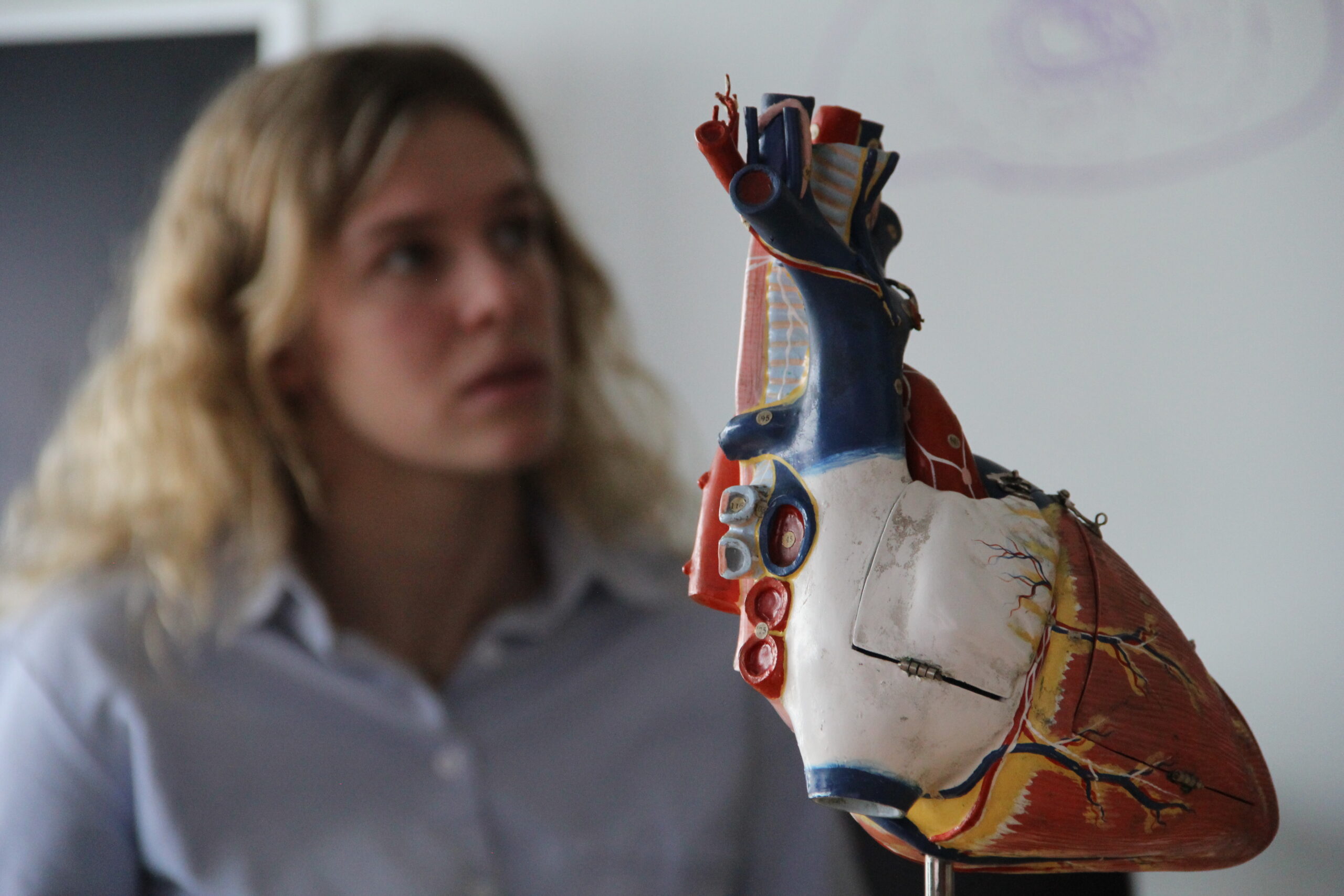Principal Investigators
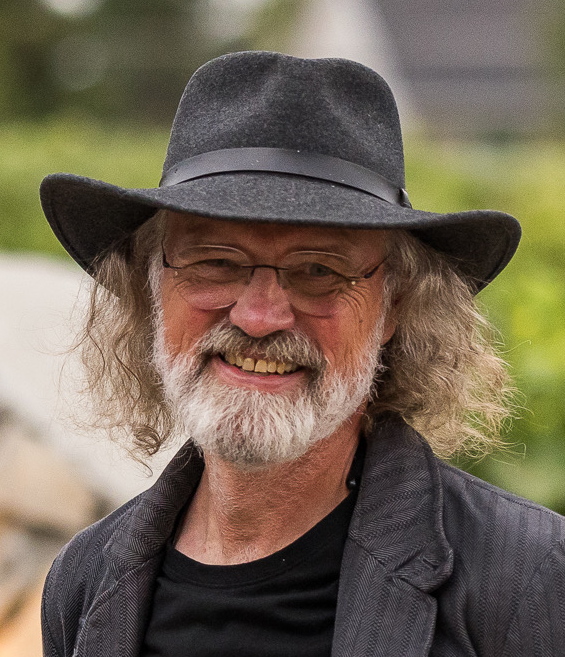
Rob MacLeod PHD
Rob received his PhD in 1990 from Dalhousie University, Halifax Canada, in Physiology and Biophysics. During his subsequent postdoctoral training at the Norra Eccles Harrison Cardiovascular Research and Training Institute (CVRTI), Dr. MacLeod began to develop what would go on to become the Scientific Computing and Imaging (SCI) Institute with Dr. Chris Johnson. Dr. MacLeod’s passion for cardiac electrophysiology and expertise in computational modeling along with his connection to both the SCI Institute and the CVRTI led to the formation of the Computational Electrocardiology Group, a research team that focuses on applying advanced computational and numeric methods to understanding and exploring cardiac electrophysiology. Dr. MacLeod is an active member of the research community, a committed mentor, and a passionate teacher. His current affiliations as associate director of the SCI Institute; associate chair and director of undergraduate studies, and professor of biomedical engineering at the University of Utah; associate director of the CVRTI; adjunct professor of internal medicine at the University of Utah; co-director of the Centers for Integrative Biomedical Computing (CIBC); co-founder of the Consortium for ECG Imaging (CEI); president of the Computing in Cardiology (CinC) society; secretary and internal council member of the International Society of Electrocardiology (ISE); chair of the University of Utah Preclinical Imaging Core; and mentor to his graduate and undergraduate researchers keep him active, engaged, and constantly moving forward. He is an avid biker, cowboy hat wearer, traveler, and chocolate connoisseur. http://www.sci.utah.edu/~macleod/

Karli Gillette PHD
Karli Gillette received dual undergraduate degrees in Applied Mathematics and Bioengineering from the University of Utah, Salt Lake City, Utah in May 2015. She received a Master’s degree in December 2016 under the supervision of Dr. Rob MacLeod at the SCI Institute focusing on the correction and processing of experimentally-recorded canine signals measured using an epericardial sock for use in algorithm validation of implantable cardio defibrillators. In Dec 2021, Karli received a PhD on the automation and functionalization of personalized cardiac models of electrophysiology at the Medical University of Graz in Graz, Austria. Dr. Karli Gillette has been newly appointed as a joint tenure-track assistant professor in the department of biomedical engineering at the University of Utah and the SCI Institute. Her research is centered on the development and application of patient-specific models of cardiac electrophysiology, often termed cardiac digital twins, with the goal of enhancing the treatment and understanding of arrhythmic heart disease. Dr. Gillette’s research aims to transition the field from developing proof-of-concept models with generic electrophysiology to utilizing patient-specific models that account for differences in terms of both anatomy and electrophysiology. When not at the office, you can find her outdoors or at the occasional open-mic night.
RESEARCH SCHOLARS
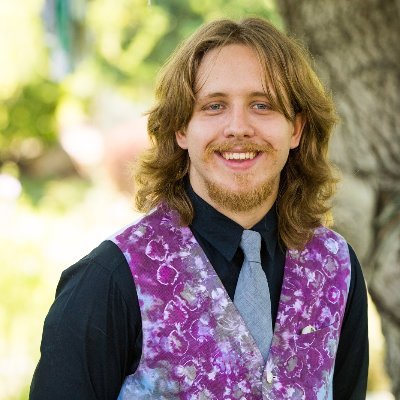
JAKE BERGQUIST PHD
Jake was a PhD student in the CEG from 2018 to 2023. He completed his PhD in the spring of 2023 after which he went on to be a post-doctoral fellow mentored by Dr. Ravi Ranjan. Jake’s interest in computational sciences and passion for physiology and biology led him to the CEG. Jake now specializes in electrocardiographic imaging (ECGI), cardiac propagation simulation and modeling, uncertainty quantification, optimization, and machine learning. Jake is a research computer scientist at SCI and an adjunct assistant professor in the department of Biomedical Engineering at the U of U. Jake serves as one of the technical maintainers of CEG software and computational infrastructure. His personal website can be found here.
GRADUATE STUDENTS
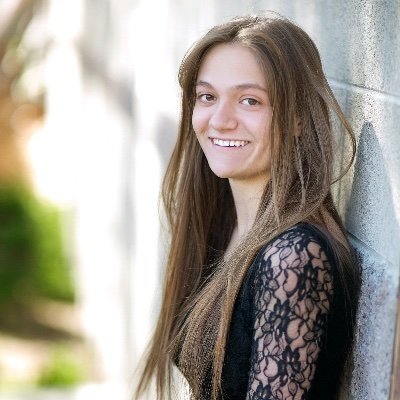
LINDSAY RUPP
Lindsay is a fourth-year PhD student under Dr. Rob MacLeod and an NSF GRFP fellow. Lindsay started in Dr. MacLeod’s lab as an undergraduate student in the Fall of 2017 while pursuing her undergraduate degree in biomedical engineering at the University of Utah. Lindsay’s research focuses on uncertainty quantification of cardiac simulations and the relationship between myocardial ischemia and re-entrant arrhythmias. She is a picky eater, avid shopper, dedicated researcher, and active organizer who keeps the CEG on schedule and on track.
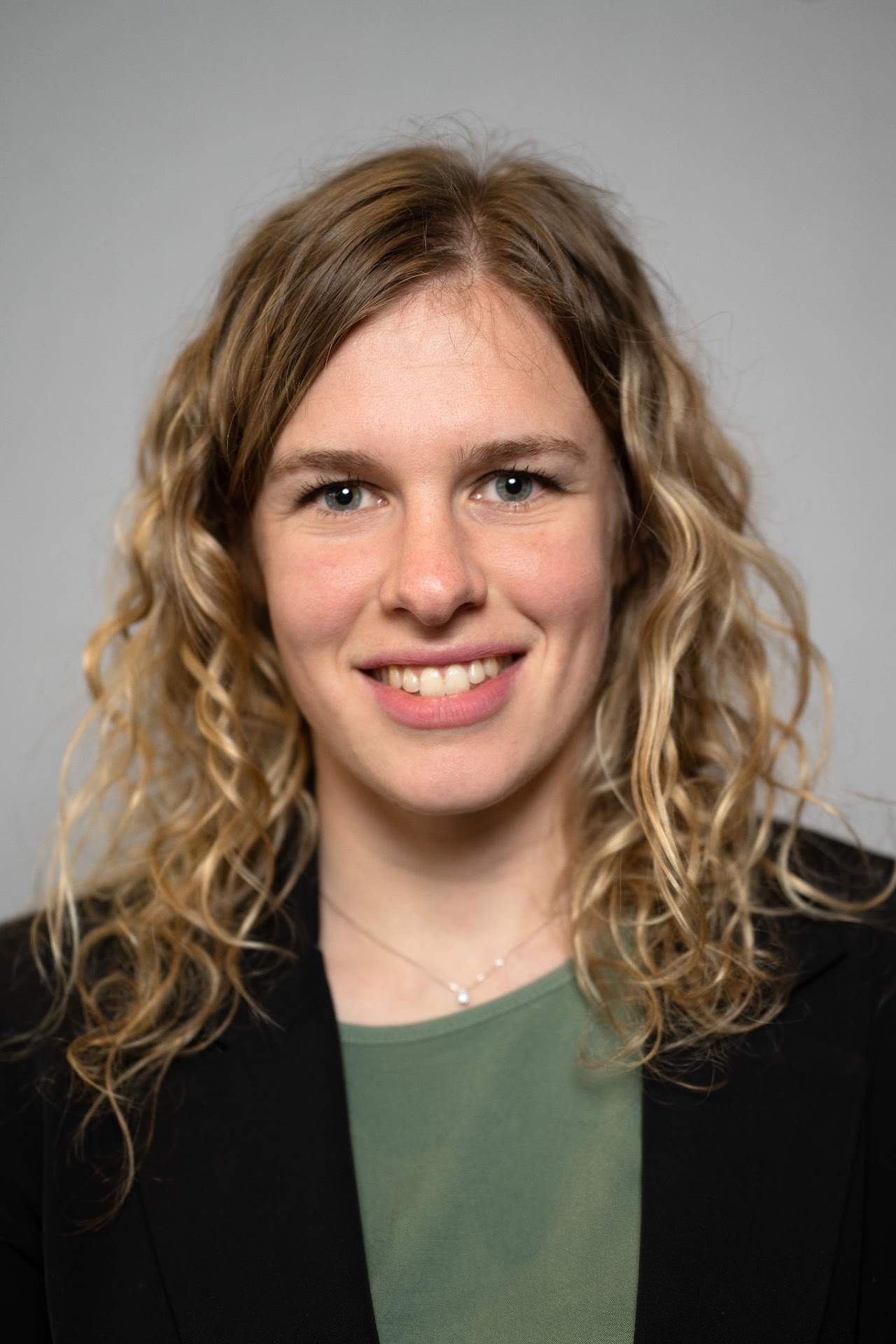
ANNA BUSATTO
Anna is a third-year PhD student in the CEG group. Anna joined the CEG group in the Spring of 2021 as an undergraduate research investigating the spatial growth of myocardial ischemia. Anna graduated in the Fall of 2021 with Bachelor’s degrees in Biomedical Engineering and Kinesiology. Anna’s current research focuses on the spatial and temporal relationship between myocardial ischemia and triggered beats leading to sudden cardiac death. She is an avid runner and dog enthusiastic.
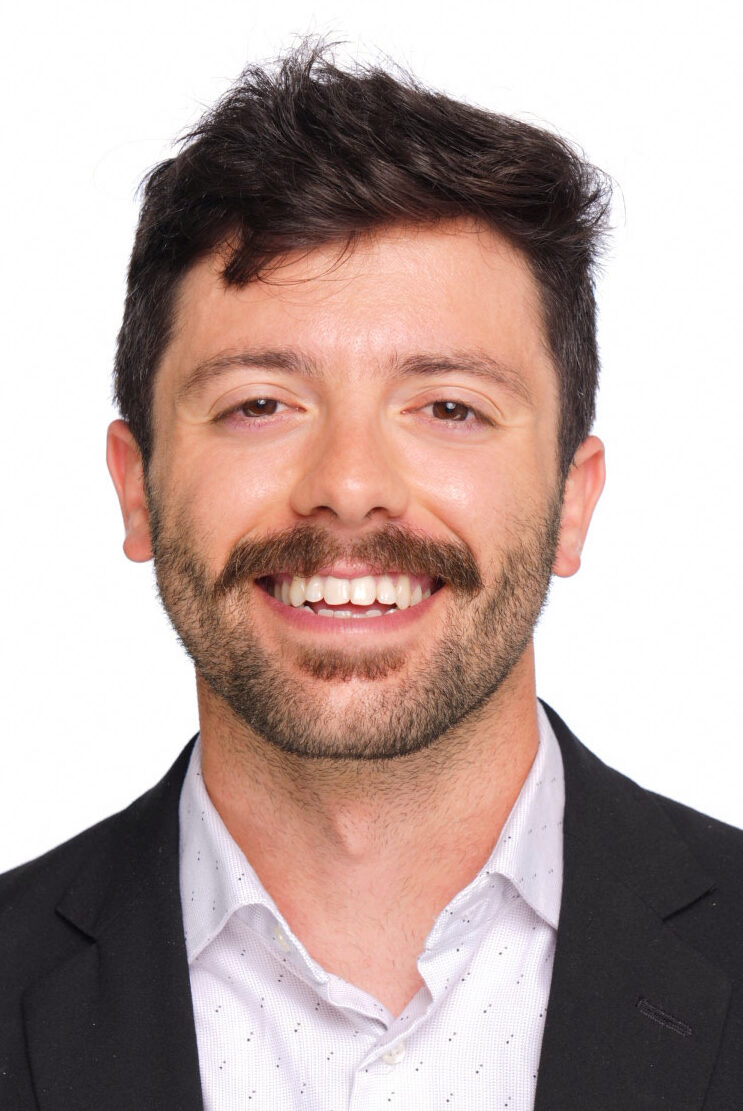
ERIC PACCIONE
Eric is a fourth-year graduate student working in Dr. MacLeod’s and Dr. Ranjan’s research labs. Eric completed his Bachelor’s degree in biomedical engineering at the University of Buffalo (NY) where he studied hemodynamic properties of neurovascular models. Eric’s research now concentrates on the anti-arrhythmic mechanisms of cardiac radiation therapy. By employing both experimental and computational models, he aims to elucidate the dynamic effects of radiation on cardiac electrophysiology. When not in lab, Eric enjoys mountain biking, skiing, and playing board games.
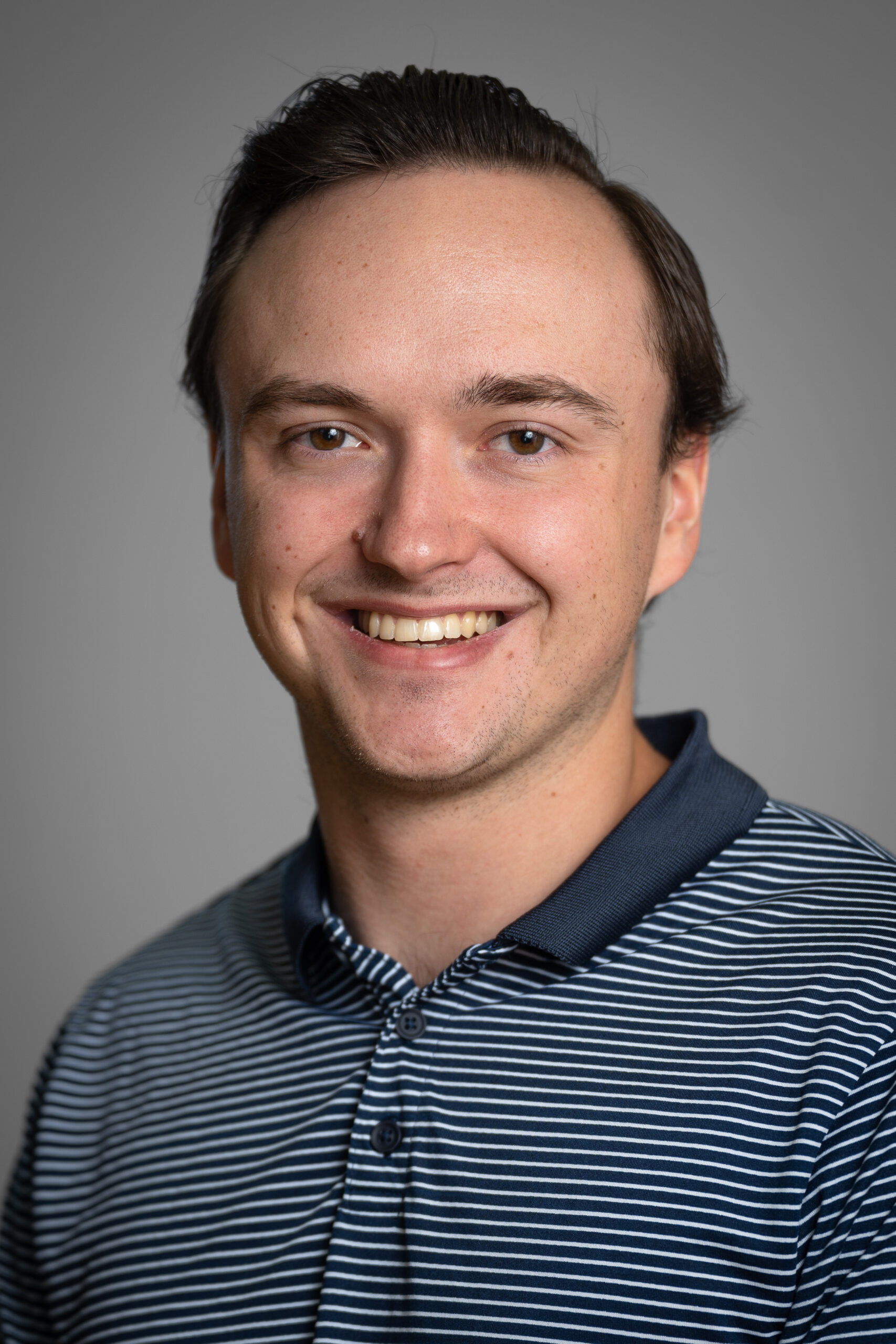
BEN ORKILD
Ben is a second-year graduate student working in Dr. MacLeod’s and Dr. Ranjan’s research labs. Ben is currently finishing the final semester of his undergraduate degree in biomedical engineering, and plans to attend graduate school at the University of Utah under Drs. MacLeod and Ranjan. Ben’s research interests include computational modeling, shape analysis, and inverse problems, particularly when applied to cardiac electrophysiology. Following graduate school, Ben hopes to work in the medical device industry, developing new technology to aid doctors and improve patient care.

RUI JIN
Rui is a PhD student at the University of Utah, studying with Drs. Rob MacLeod and Ravi Ranjan. His doctoral work focuses on applying machine learning techniques to understanding cardiac arrhythmias. During his undergrad, Rui developed a computational approach to improve the current workflow of processing electroanatomic mapping data and electrogram signals. He created a custom graphic user interface to combine map3d, OpenEP, and PFEIFER into a cohesive MATLAB-based software. Rui enjoys reading, music, and soccer in his free time.
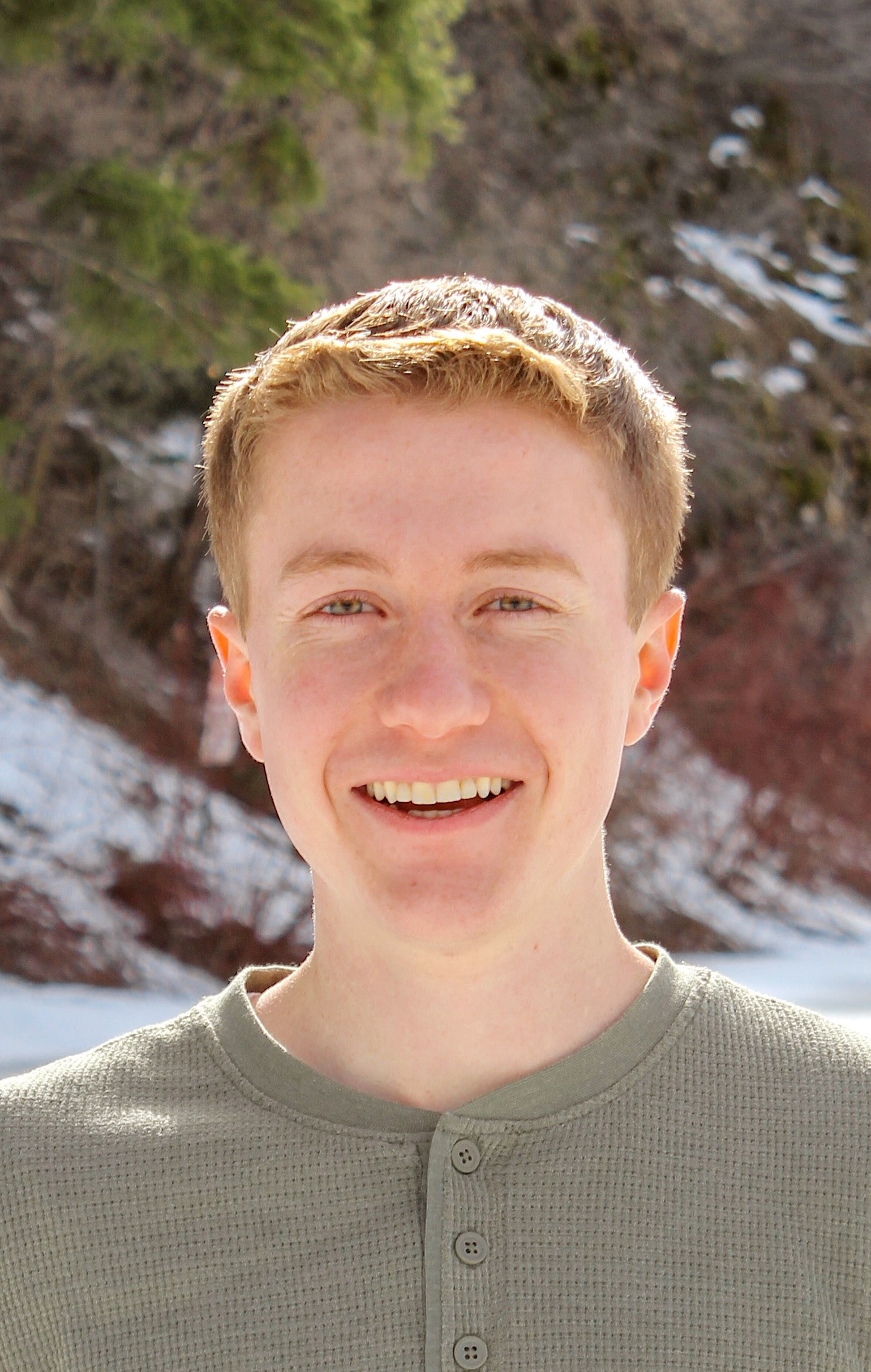
Eli Child
Eli is a first-year PhD student in Dr. Karli Gillette’s research group. His work focuses on developing cardiac digital twins for a range of clinical applications. He earned his Bachelor’s degree in applied and computational mathematics from Brigham Young University. Outside of research, Eli enjoys reading, board games, hiking, and spending time with his wife and son.
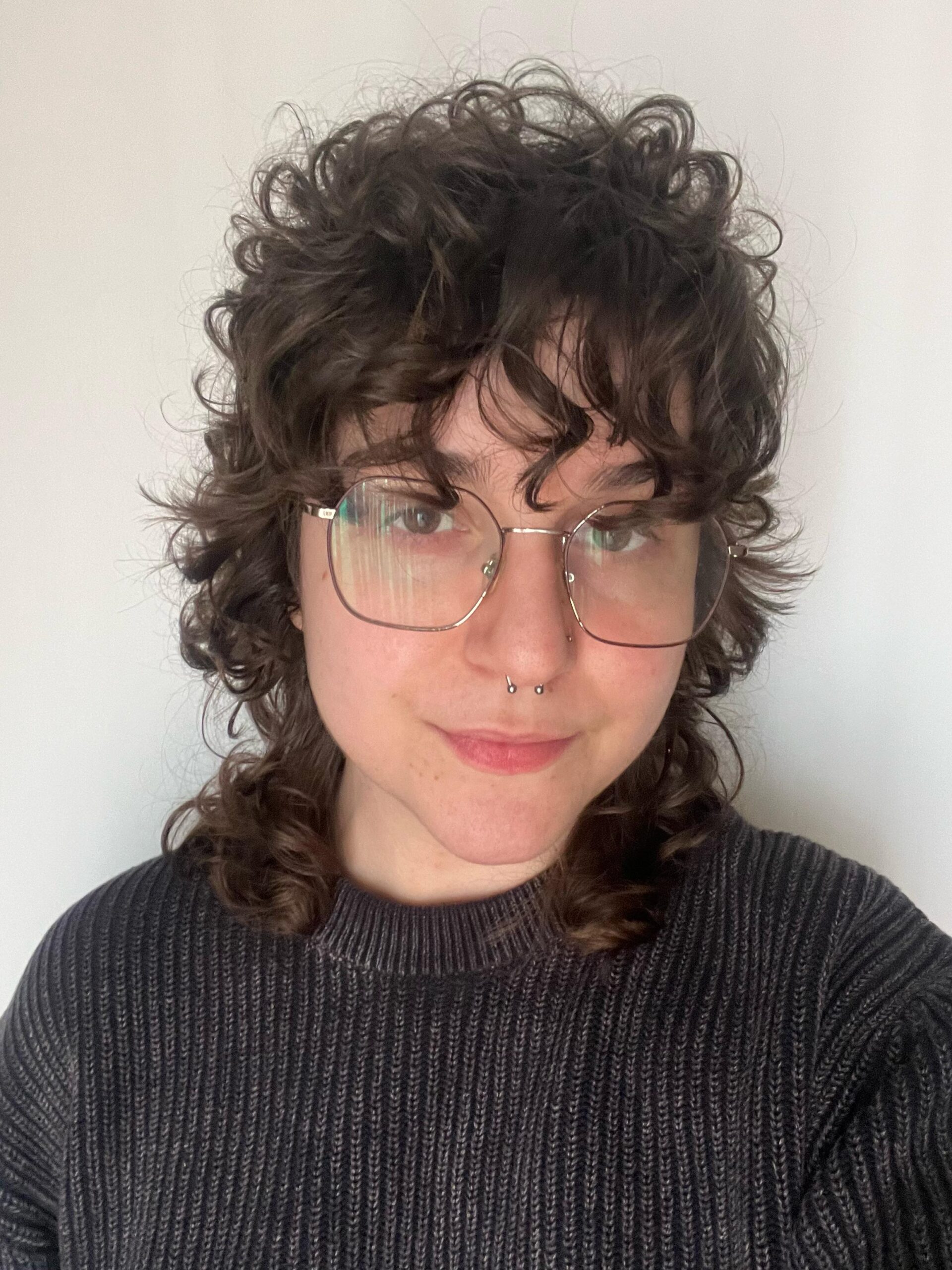
Lledó Nebot
Lledó is currently beginning her PhD in Dr. Karli Gillette’s research group, where she will be working on the development of cardiac digital twins for various clinical applications. Her academic background includes a Bachelor’s and a Master’s degree in Biomedical Engineering from the Polytechnic University of Valencia, along with research experience in the myocardial infarct border zone. When she’s not working on research, Lledó enjoys music, reading, trying her hand at baking and skiing.
UNDERGRADUATE STUDENTS
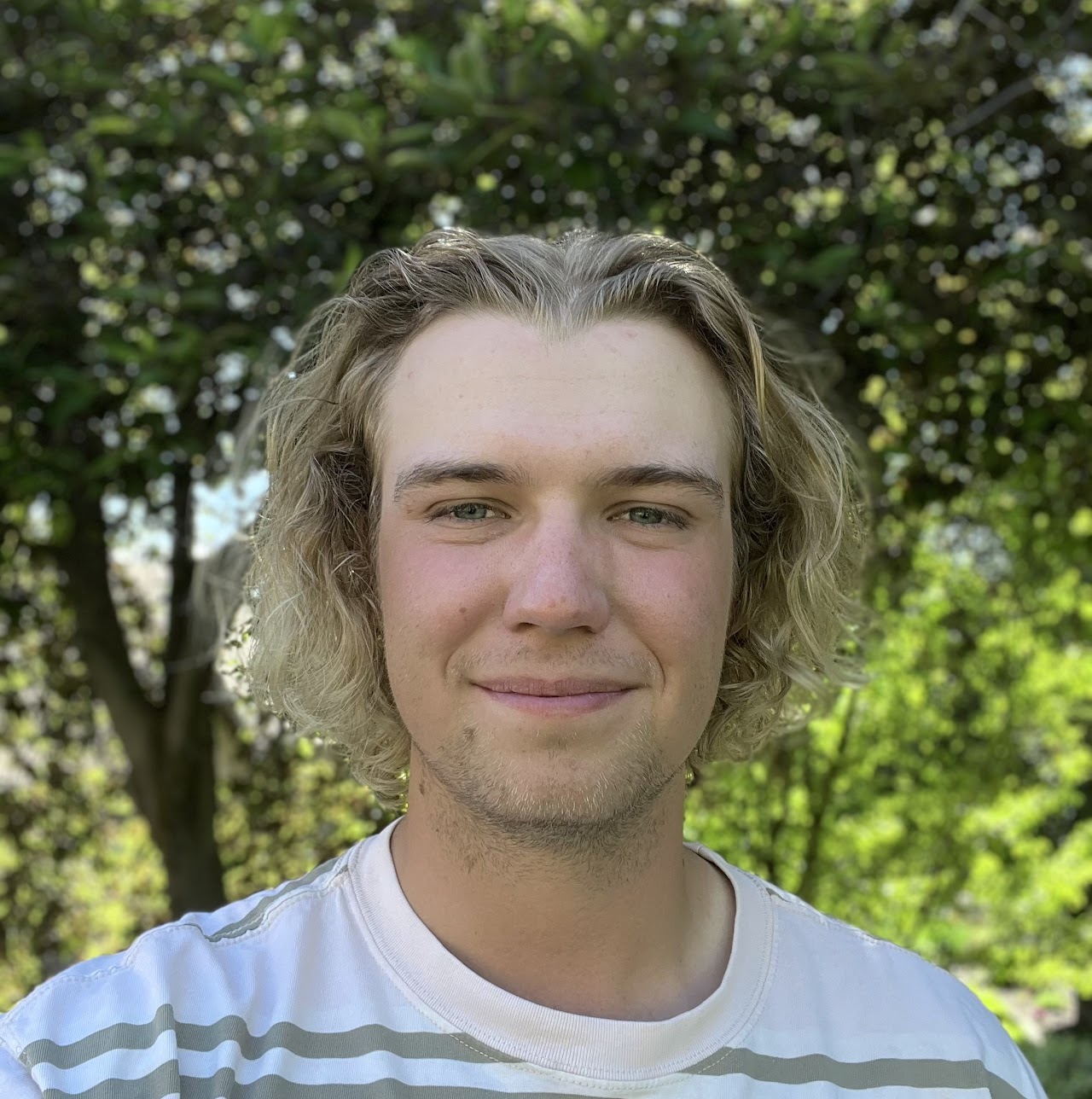
CONNOR BROWNING
Connor is a third-year biomedical engineering student at the University of Utah and will graduate in the spring of 2026. Connor joined the CEG in the spring of 2024, and his research aims to quantify a relationship between the spatial organization of myocardial ischemia and the cardiac vasculature. With an improved understanding of myocardial ischemia’s spatial distribution, better diagnostic methods can be developed, and treatment can be improved. In his free time, Connor enjoys fly fishing, snowboarding, camping, and traveling.
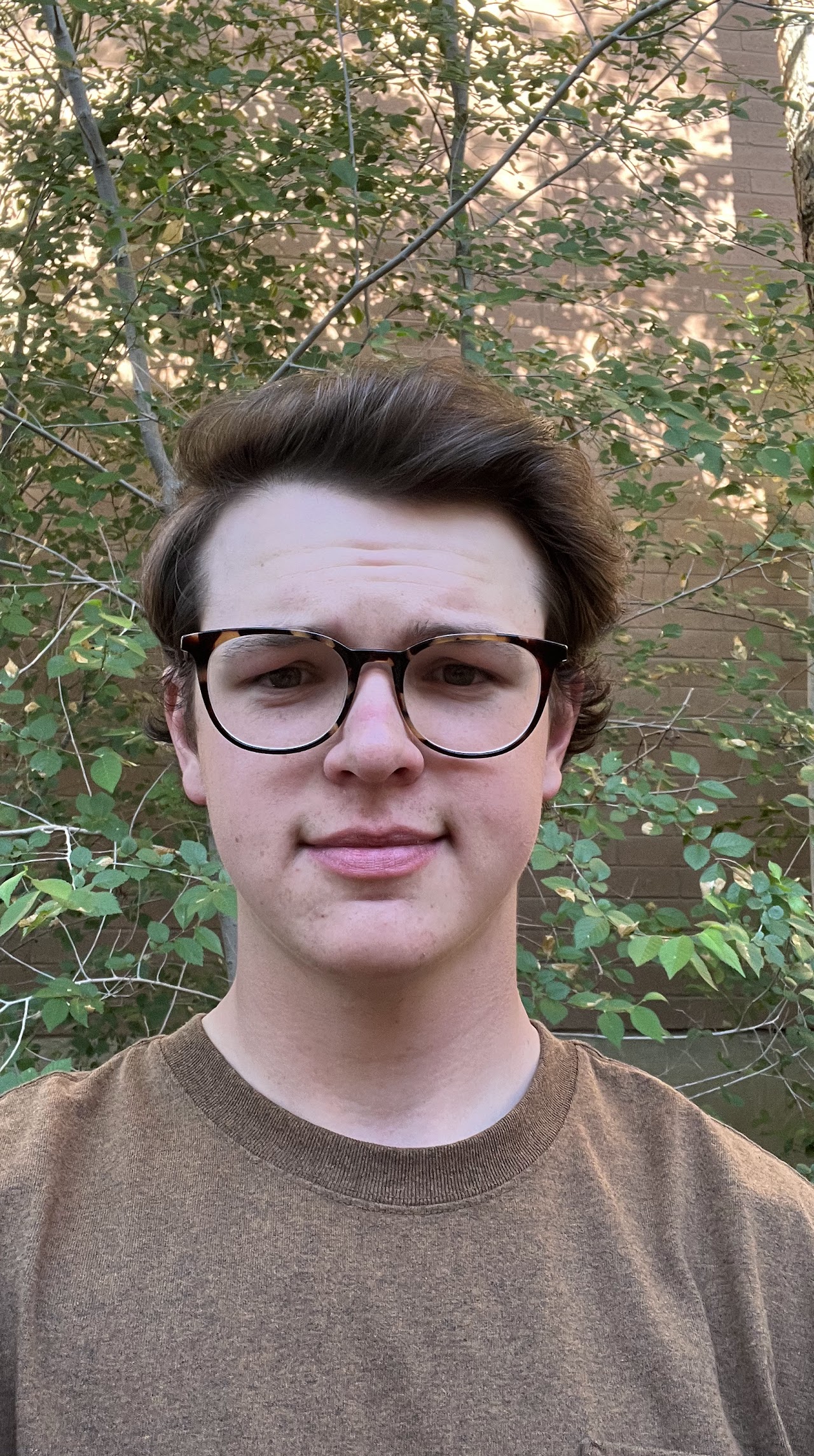
LANDON DEROCHE
Landon is a third-year biomedical engineering student at the University of Utah. Landon joined the CEG in the spring of 2024. His research aims to compare rule-based and experiment-obtained coronary arteries and the effects of myocardial ischemia. Having a greater understanding of coronary arteries will allow for better computational simulations and treatments for myocardial ischemia to be developed. Landon enjoys mountain biking, snowboarding, and music.

BETüL OGUZ
Betül is a third-year biomedical engineering student at the University of Utah. She joined the CEG in the spring of 2024, and her research aims to identify and compare regions of myocardial ischemia with coronary vasculature. An enhanced understanding of the spatial progression of myocardial ischemia allows for improved diagnostic methods and treatment. Betül enjoys hiking, reading, and baking in her free time.
UNIVERSITY OF UTAH COLLABORATORS
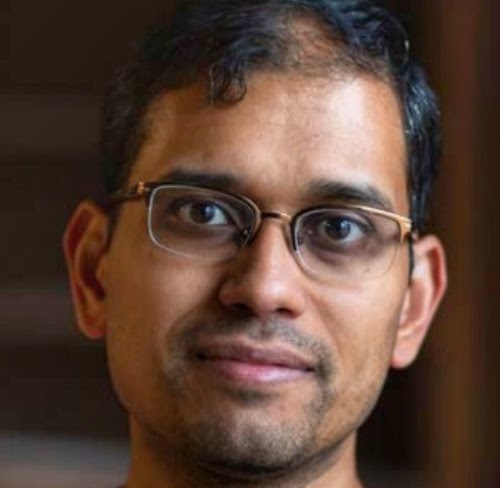
AKIL NARAYAN PHD
Department of Mathematics

CHRIS JOHNSON PHD
Department of Computer Science

DEREK DOSDALL PHD
Department of Cardiovascular Medicine
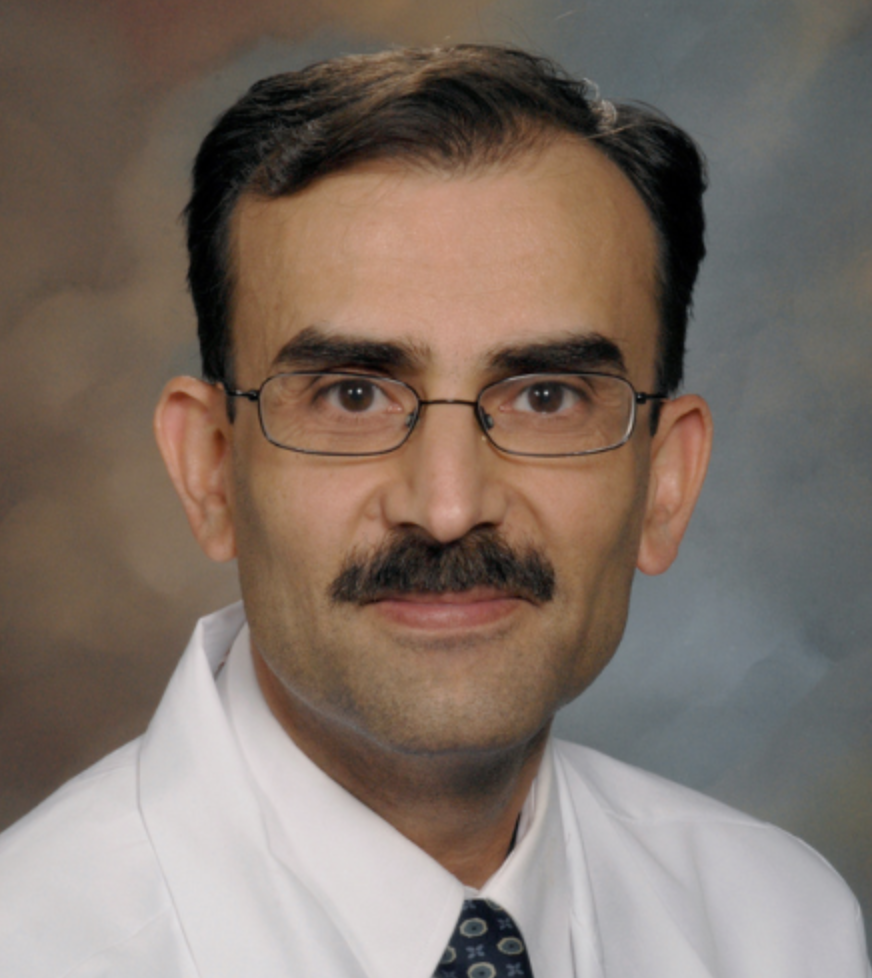
RAVI RANJAN MD, PHD
Department of Cardiovascular Medicine
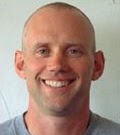
ROSS WHITAKER PHD
Department of Computer Science
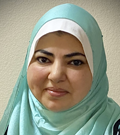
SHIREEN ELHABIAN PHD
Department of Computer Science
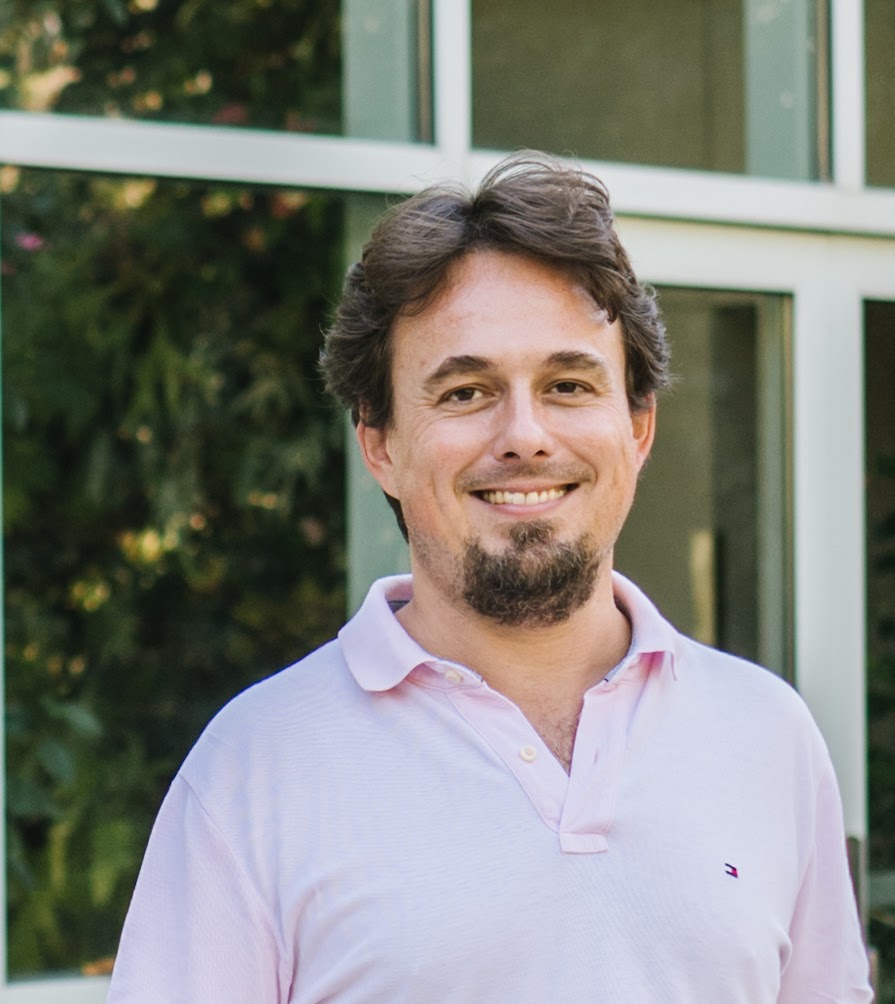
TOLGA TASDIZEN PHD
Department of Electrical and Computer Engineering
OTHER COLLABORATORS
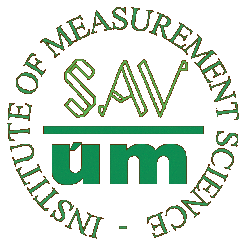
INSTITUTE OF MEASUREMENT SCIENCE
Bratislava, Slovakia

JOHNS HOPKINS UNIVERSITY
Baltimore, Maryland, United States

KARLSRUHE INSTITUTE OF TECHNOLOGY
Karlsruhe, Germany

KING’S COLLEGE LONDON
London, United Kingdom
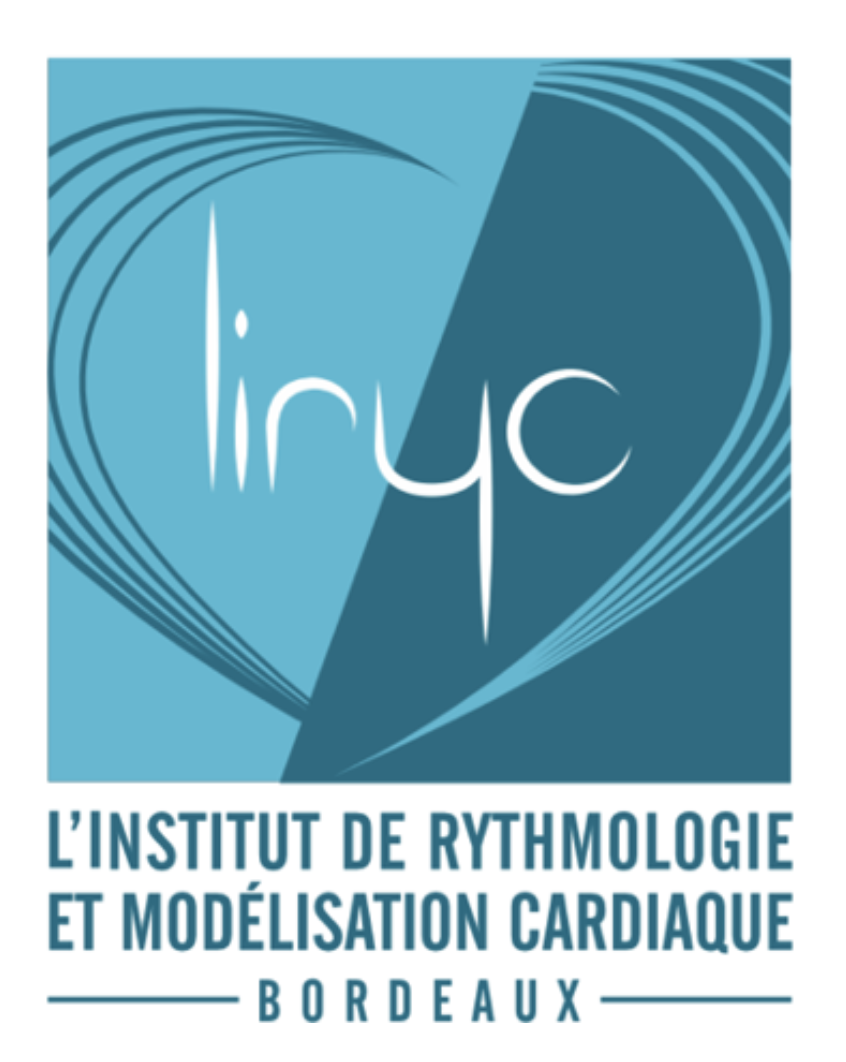
LYRIC – L’INSTITUT DE RYTHMOLOGIE ET MODÉLISATION CARDIQUE
Bordeaux, France

MAASTRICHT UNIVERSITY
Maastricht, Netherlands

MEDICAL UNIVERSITY OF GRAZ
Graz, Austria

MIDDLE EAST TECHNICAL UNIVERSITY
Ankara, Turkey

QUEEN MARY UNIVERSITY OF LONDON
London, United Kingdom
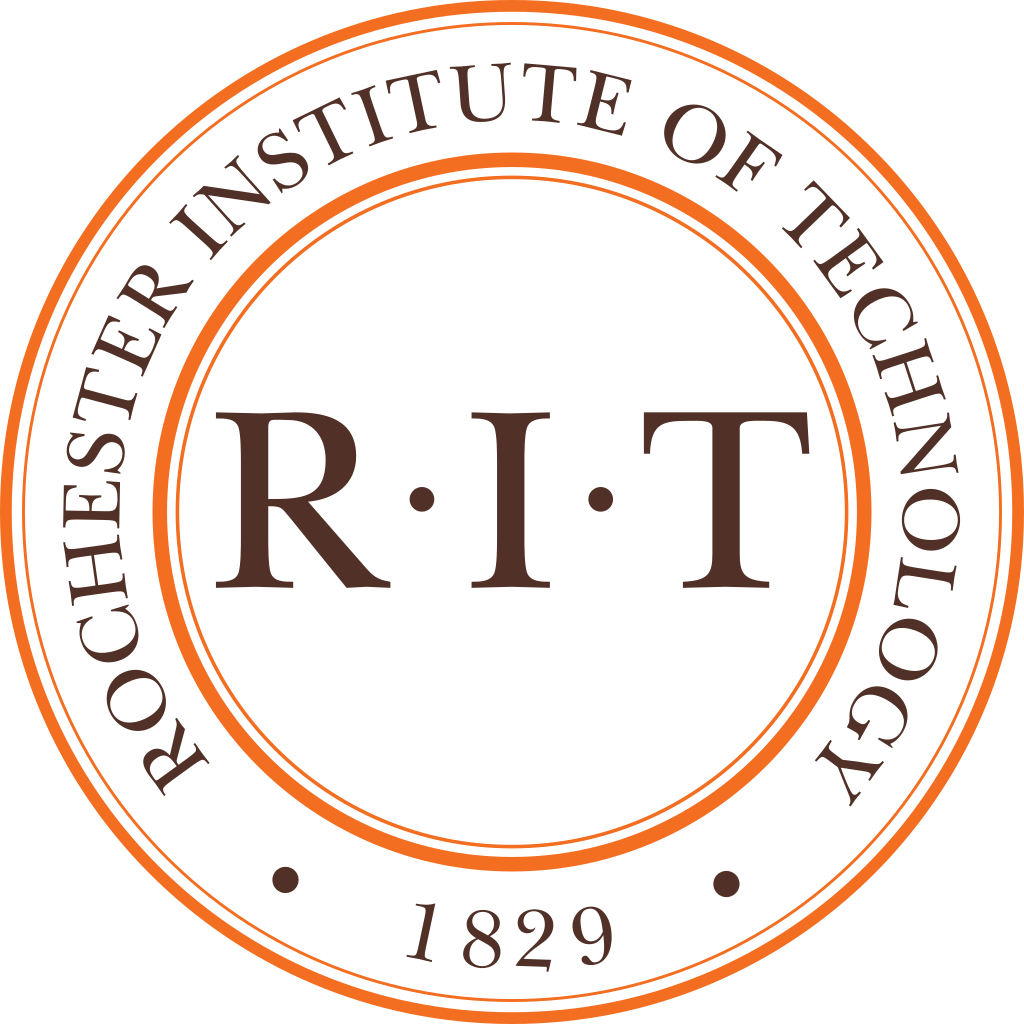
ROCHESTER INSTITUTE OF TECHNOLOGY
Rochester, New York, United States

WASHINGTON UNIVERSITY
St. Louis, Missouri, United States

MEDTRONIC
Minneapolis, Minnesota, United States

ACUTUS MEDICAL
Carlsbad, California, United States
GRADUATE ALUMNI
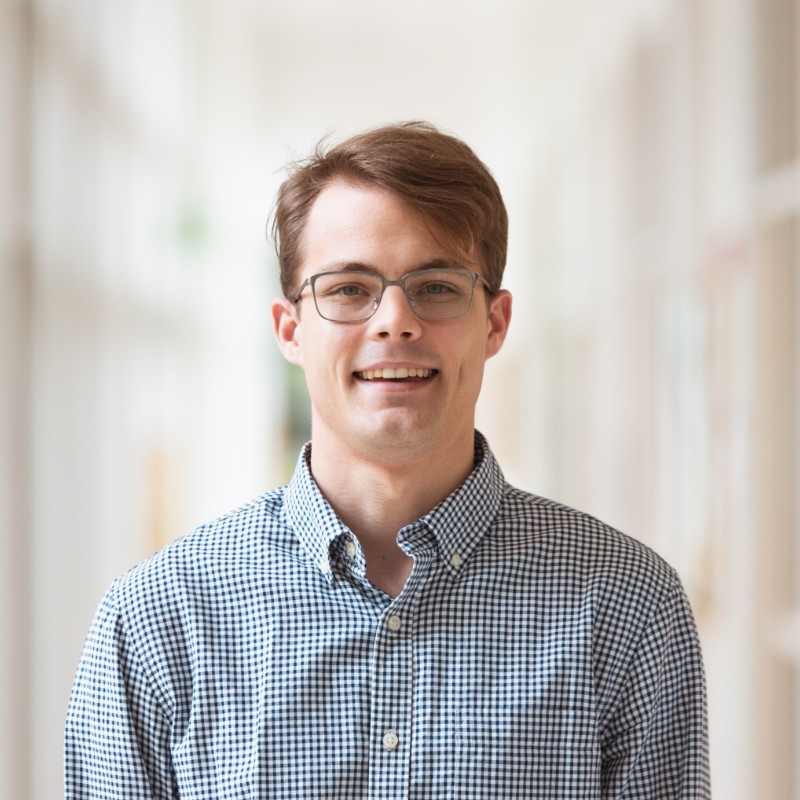
JAMES BRUNDAGE
James is a third-year MD student at the University of Utah School of Medicine. He received a BS and MS in Neuroscience from BYU, where he completed thesis work specializing in the electrophysiology, electrochemistry, and neurocircuitry of reward and addiction. He also helped develop new tools for electrophysiology analysis. Under Dr. MacLeod, James is focused on the development of machine learning tools for the analysis of cardiac electrophysiological signals. Following the completion of his MD, he hopes to establish himself as a physician-scientist at the intersection of artificial intelligence development and patient care.

BRIAN ZENGER MD, PHD
Brian was a PhD student in the CEG from 2017 to 2021. He completed his PhD in the spring of 2021 with a body of research focused on the development of myocardial ischemia under different types of ischemic stress and funded by an NIH F30 fellowship. Dr. Zenger made strides in developing the closed chest In Situ experimental model for myocardial ischemia, which has been used to generate unique and insightful data detailing the spatio temporal development of myocardial ischemia within the heart, on the heart surface, and at the torso surface. Dr. Zenger continued on to finish his MD-PhD program at the University of Utah, after which he plans to establish himself as a research physician in the field of cardiac electrophysiology.

WILSON GOOD PHD
Wilson was a PhD student in the CEG from 2014 to 2020. He completed his PhD in the fall of 2020 after which he went on to be an R&D research scientist at Acutus. During his PhD Dr. Good focused on numerical methods to examine the development of myocardial ischemia, making strides in machine learning-based methods for myocardial ischemia detection as well as developing methods to measure three-dimensional conduction velocity, uncovering novel aspects of ischemic physiology. Dr. Good also was instrumental in developing a wide range of infrastructure that the CEG uses for data collection, management, and processing.
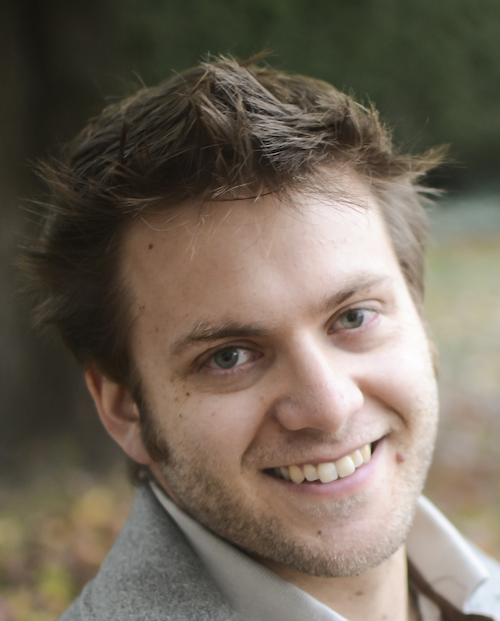
JESS TATE PHD
Jess was an undergradaute student at the University of Utah when he was first exposed to research in computational electrophysiology and found the science and the involvement in research fascinating. That fascination continued throughout his gradaute studies, during which Jess studied computer modeling of electrocardiography and defibrillation. He completed his PhD in Biomedical Engineering from the University of Utah in 2018. Jess now works as the technical manager of the Center for Integrative Biomedical Computing (CIBC), part of the Scientific Computing and Imaging (SCI) Institue, managing software and research projects that further biomedical research with state-of-the-art computational tools.
ADDITIONAL PAST GRADUATE ALUMNI
Brett Burton, Quinn Tate, Ayla Khan, Karli Gillette, Kedar Aras, Josh Blauer, Rob Oakes, Brett Walker, Mette Lindegaard, Greg Gardner, Darrell Swenson, Seok Lew, Shibaji Shome, Zoar Englemann, Lucas Lorenzo, Andrew Shafer, Bruce Hopenfeld, Bulent Yilmaz, Laura Traynor, Richard Kuenzler, Quan Ni, Ruth Klepfer, Prasad Gharpure.
UNDERGRADUATE ALUMNI
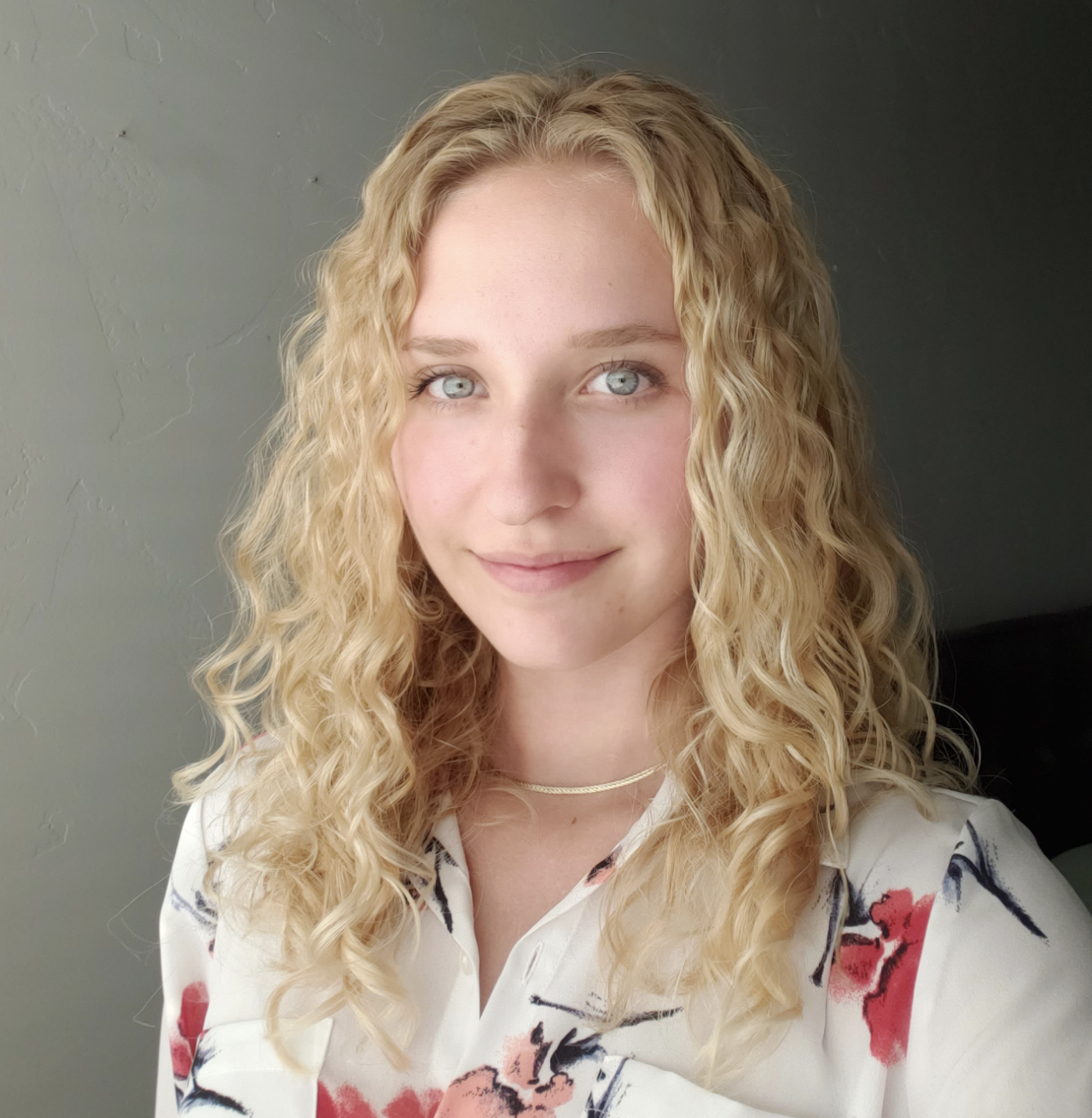
LAUREN ANDERSON
Lauren is currently a senior in the biomedical engineering program, planning to pursue her master’s through the BS/MS program here at the University of Utah. Lauren’s research project is focused on examining how the physical structures of the left atrium change over time due to the presence of atrial fibrillation, the most common type of cardiac arrhythmia. By utilizing CINE magnetic resonance imaging, 4D models of the left atria in patients with atrial fibrillation can be reconstructed, allowing for the mechanical movements of the atrium to be observed across the entire cardiac cycle. Statistical shape analysis can then be applied to quantify the extent of remodeling taking place within the left atria due to the arrhythmia. In Laruen’s free time, she enjoys cooking, baking, and painting.
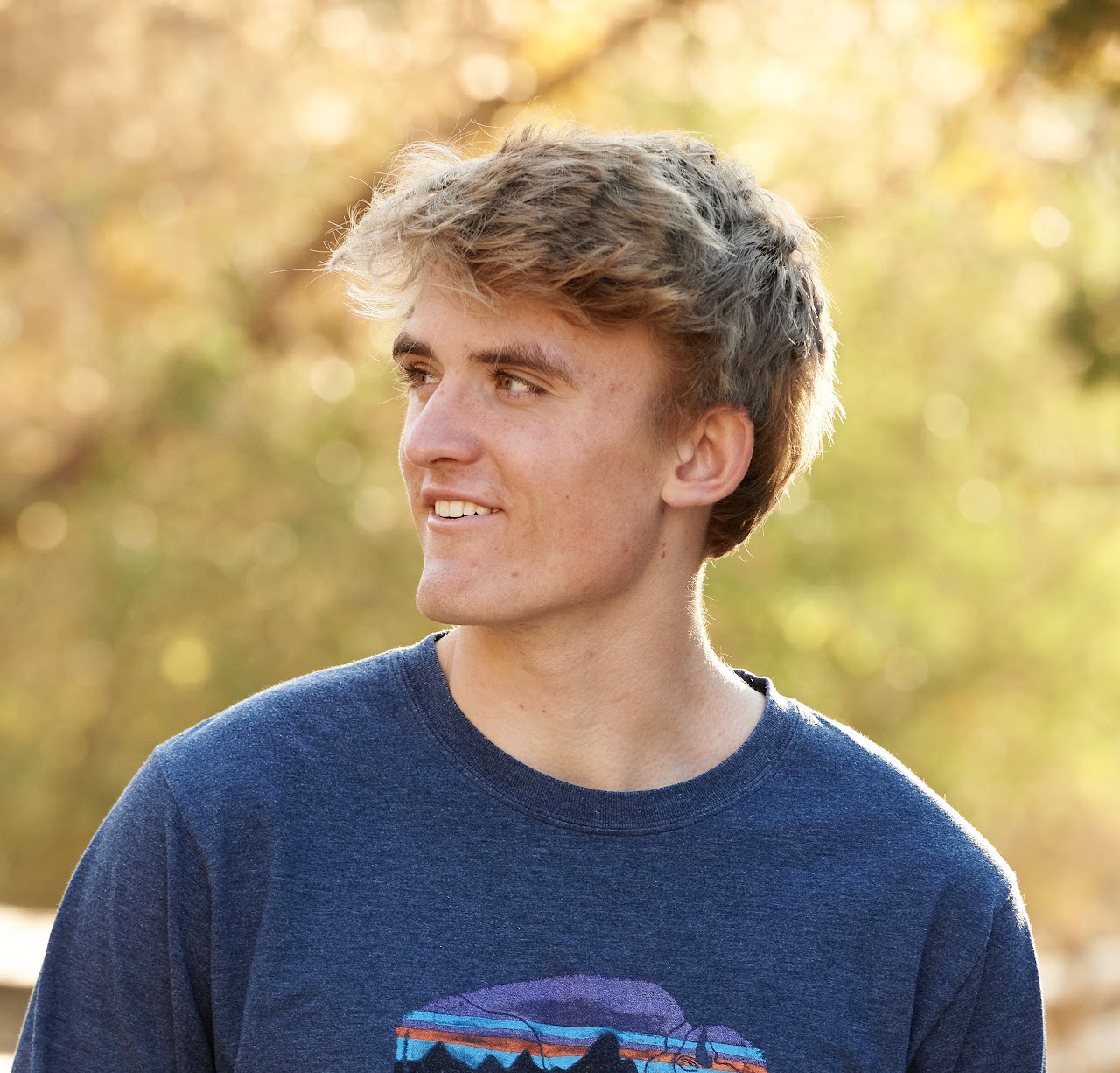
AKSEL ANDERSON
Aksel is a fourth-year biomedical engineering undergraduate student at the University of Utah and will graduate in the Spring of 2024. After graduation, Aksel plans to attend medical school at the University of Utah to become a physician. Outside of academics, he enjoys outdoor activities such as running and biking, as well as spending time with friends and family. Aksel has been a part of the CEG since the Summer of 2023, and his research aims to improve the spatial detection of myocardial ischemia by quantifying the relationship between electrical ischemic markers and cardiac vasculature. A better understanding of the spatial development of myocardial ischemia can help improve our understanding of the disease and the corresponding diagnostic techniques.
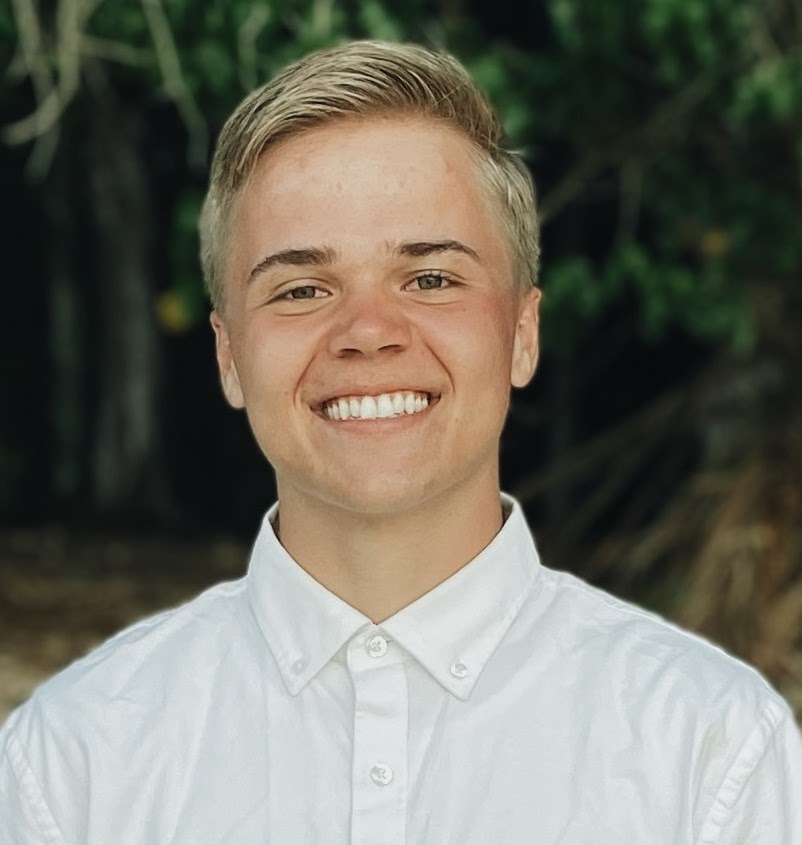
TANNER FRAHM
Tanner was a member of the CEG from 2021 to 2024. He graduated with his undergraduate degree in Biomedical Engineering program and went on to continue his educational career in Medical School. Since joining the group in 2021, Tanner’s main project has been to investigate the mechanism of action of Stereotactic Body Radiation Therapy (SBRT) in treating Ventricular Tachycardia. Tanner works with both Dr. Ravi Ranjan’s Electrophysiology lab and the CEG group to analyze changes from SBRT in cardiomyocyte gap junction distribution. Additionally, he cares for patients in the Artificial Heart Program at Intermountain Health and conducts research on Left Ventricular Assist Devices. In the future, he plans to attend medical school. Outside of school and work, Tanner loves to bake, cook, run, hike, read, and spend time with his wife.
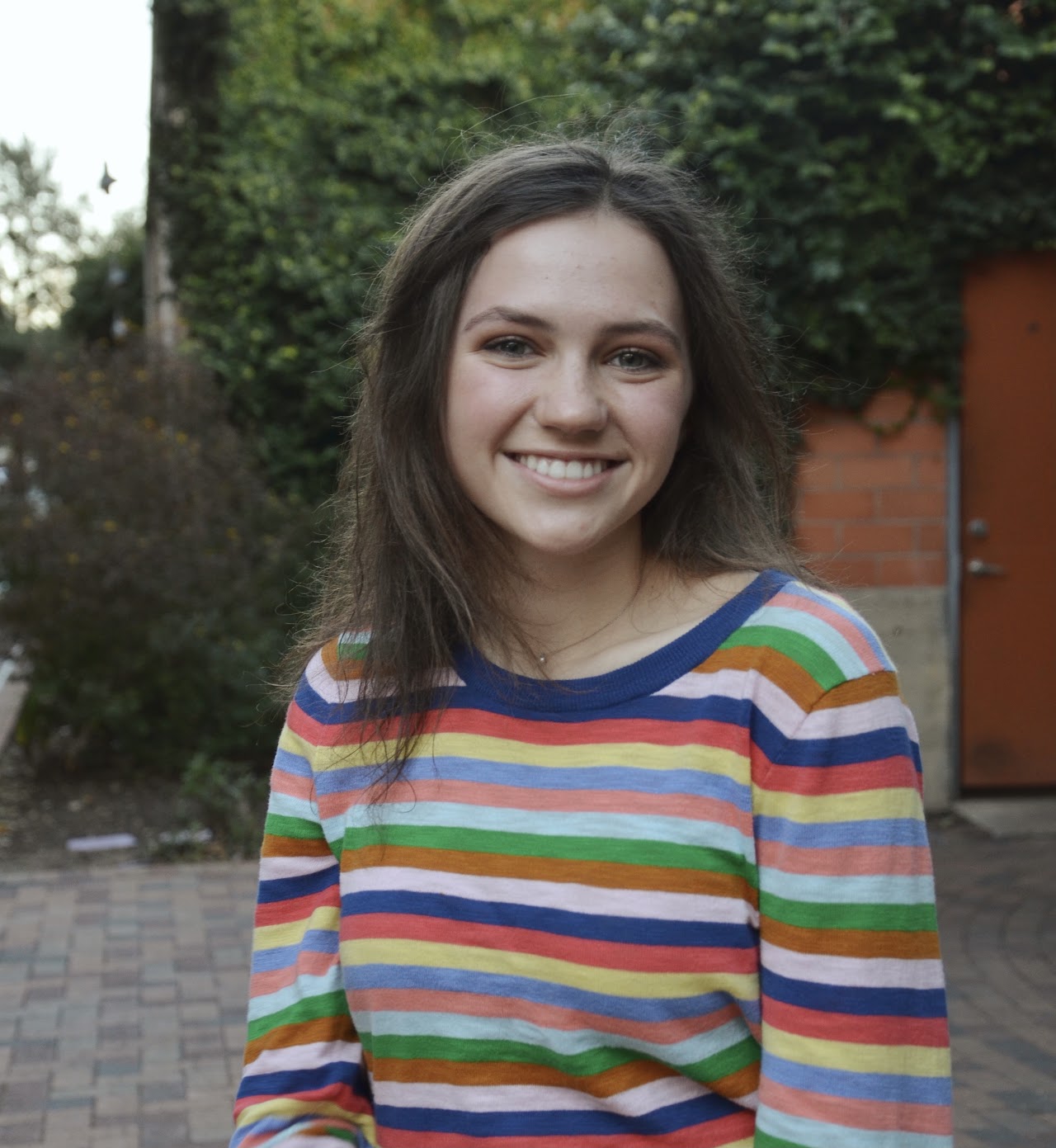
OLIVIA WALKER
Olivia was a member of the CEG from 2021 to 2023, after which she obtained a job in industry. During her undergraduate research career, Olivia focused on numerical methods to explore the effects of variable conductivity on the heart’s electrical activation. The knowledge gained from this study will help improve the function of cardiac pacemakers since many cardiac diseases result in abnormal tissue conductivities.
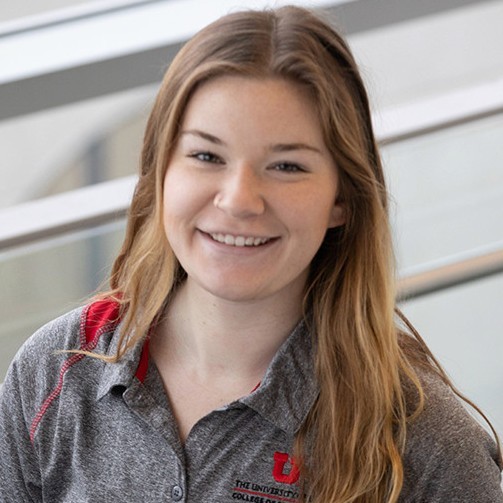
ANDREA SIEJA
Andrea was an undergraduate student in the CEG from 2019 to 2022 after which she went on to work at Scientia Vascular. During her undergraduate research career, Andrea focused on quantifying anatomical shape differences in the left atrium between the sexes. The knowledge gained from this study could explain discrepancies in atrial fibrillation treatment outcomes.
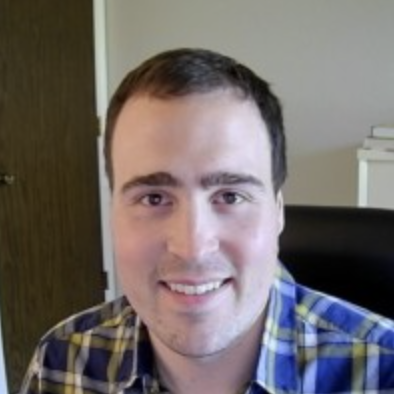
NATHAN VANCE
Nathan was an undergraduate student in the CEG from 2019 to 2020 after which he went on to work at the University of Utah Hospital as an MCS device engineer. During his undergraduate research career, Nathan focused on quantifying the effect of anatomical differences on electrical propagation within the heart. The knowledge gained from this study could provide information on the necessity of “digital twins” in a clinical setting.

MAURA PEREZ
Maura was an undergraduate student in the CEG from 2017 to 2019 after which she continues her educational career and went to Medical School at the University of Utah. During her undergraduate research career, Maura focused on developing a two-dimension model of the human coronary microvasculature. The knowledge gained from this study could predict the consequence of reduced blood flow in the myocardial perfusion bed.
ADDITIONAL PAST UNDERGRADUATE ALUMNI
Derek Lewis, Lyndsey Schultz, Josh Larsen, Devan Anderson, Anterpreet Kaur, Sam Massey, Brianna Kindall, Alex Gerber, Derek Hu, Minna Wang, Spencer Frisby, Kara Johnson, Andrew Miller, Joshua Schwermer, Hannah Treadway, Derek Chang, Wes Albright, Jason Senson, Jackson Murphy, Douglas Handley, Abby Reyes, Vince Payandeh, Myron Lance, Spencer Thurman, Joel Piefer, Arash Pursaid, Christopher Gloschat, Tyler Marler, Shawn Tate, Eric Fish, Swati Rao, Jesse Merkley, Jared Christensen, Jason Woodbury, Azadeh Poursaid.

